Will AI replace human designers in the near future? This question sparks a fascinating debate at the intersection of technological advancement and human creativity. The rapid evolution of artificial intelligence (AI) in design fields like graphic design, web development, and UX/UI is undeniable, raising concerns about the future of human designers. However, a closer look reveals a more nuanced picture, one where AI and human designers may not be adversaries but collaborators, each contributing unique strengths to the creative process.
This exploration delves into the current capabilities of AI design tools, analyzing their strengths and limitations compared to human designers. We’ll examine the irreplaceable aspects of human creativity, intuition, and critical thinking, exploring how AI can augment these skills rather than replace them. Ultimately, we’ll consider the collaborative future of design, where AI and human ingenuity work in tandem to achieve unprecedented levels of innovation and efficiency.
AI Capabilities in Design
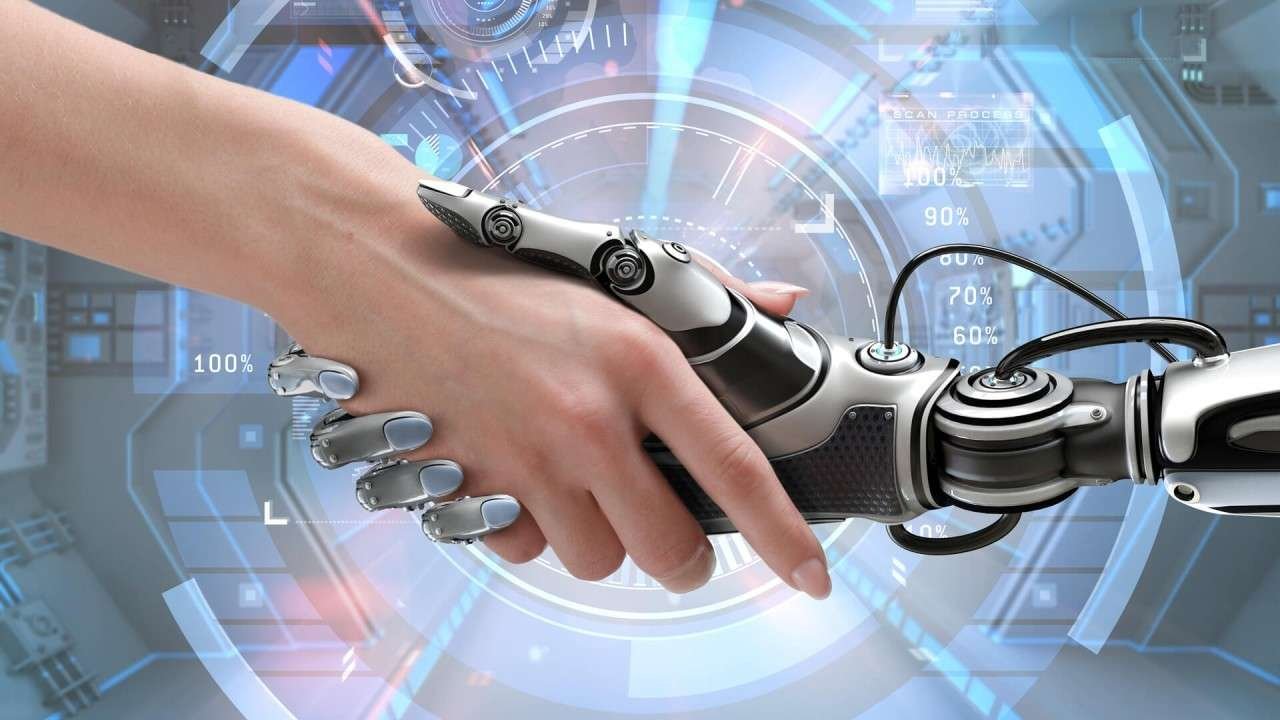
Artificial intelligence is rapidly transforming the design landscape, offering both exciting new possibilities and raising important questions about the future of human creativity in the field. AI’s role is evolving from a simple tool to a collaborative partner, impacting various design disciplines. Understanding its current capabilities and limitations is crucial for designers seeking to leverage its potential.AI’s impact on design is multifaceted, influencing workflows, creative processes, and the final output.
This section will delve into the specific capabilities of AI in design, comparing its strengths and weaknesses against human designers, and outlining tasks AI can perform autonomously versus those requiring human expertise.
AI Capabilities Across Design Fields
AI tools are now available for a wide range of design disciplines. In graphic design, tools like Adobe Sensei and Deep Dream Generator utilize machine learning to automate tasks such as image upscaling, background removal, and style transfer. Web design benefits from AI-powered platforms that suggest optimal layouts and content arrangements based on user behavior and best practices.
In UX/UI design, AI assists in A/B testing, generating design variations, and predicting user interactions. Furthermore, AI is being used in architectural design for generating building plans and optimizing space utilization, and in fashion design for creating new textile patterns and predicting fashion trends.
Comparison of AI and Human Designers
The following table compares AI-driven design tools with human designers across key aspects:
| Aspect | AI-Driven Design Tools | Human Designers |
|---|---|---|
| Creativity | Can generate variations based on existing data; limited originality and conceptual innovation. Often relies on pre-programmed styles and patterns. | Possesses original thinking, conceptual innovation, and the ability to develop entirely new styles and approaches. |
| Problem-Solving | Effective at optimizing existing solutions within defined parameters; struggles with complex, multifaceted problems requiring out-of-the-box thinking. | Can analyze complex problems from multiple perspectives, devise creative solutions, and adapt to unexpected challenges. |
| Emotional Intelligence | Lacks emotional understanding and cannot empathize with users or anticipate emotional responses to designs. | Understands and responds to emotional needs, creating designs that resonate with the target audience on an emotional level. |
| Speed and Efficiency | Can automate repetitive tasks quickly and efficiently, leading to faster turnaround times. | Requires more time for complex design processes but offers unique creative insights and solutions. |
AI-Autonomous vs. Human-Intervention Design Tasks
AI’s ability to perform design tasks autonomously varies greatly. Some tasks can be handled entirely by AI, while others require significant human input and oversight.The following points illustrate tasks where AI excels without human intervention:
AI excels in tasks that involve repetitive processes, data analysis, and optimization within predefined constraints. Examples include:
- Generating multiple design variations based on a set of parameters.
- Automating image editing tasks like resizing, cropping, and color correction.
- Optimizing website layouts based on user data and best practices.
- Creating basic graphic elements like patterns and textures.
Conversely, tasks requiring complex problem-solving, creative vision, and emotional intelligence necessitate significant human intervention:
- Developing a brand identity from scratch, encompassing logo design, typography, and color palettes.
- Designing user interfaces that are intuitive, engaging, and emotionally resonant.
- Creating a cohesive visual language for a complex project or campaign.
- Solving design problems that require innovative and unconventional approaches.
Human Designer Skills and Expertise
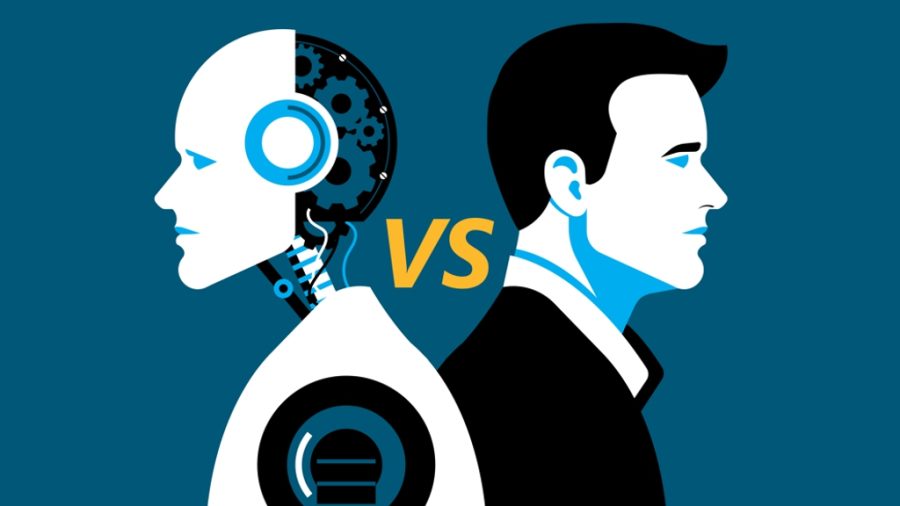
Human designers possess a unique blend of skills and expertise that currently surpasses the capabilities of artificial intelligence. While AI can assist in various design tasks, the core competencies of human designers—particularly their intuitive understanding, creative problem-solving, and critical thinking—remain irreplaceable in the near future. These skills are deeply rooted in human experience and empathy, aspects that are still largely absent in current AI systems.
The human design process is a complex interplay of intuition, creativity, and critical thinking. Intuition allows designers to make rapid, informed judgments based on experience and subconscious understanding, leading to innovative solutions that might not be apparent through purely logical analysis. Creativity fuels the generation of novel ideas and approaches, transforming abstract concepts into tangible designs. Critical thinking ensures the designer evaluates these ideas rigorously, considering factors like feasibility, usability, and aesthetics.
AI, while capable of generating variations based on existing data, struggles to match the nuanced judgment and holistic approach of a human designer.
Unique Human Capabilities in Design
Several key skills differentiate human designers from AI. Empathy, the ability to understand and share the feelings of others, allows designers to create products and experiences that resonate emotionally with users. This understanding informs design choices, ensuring the final product is not only functional but also emotionally engaging. Similarly, complex problem-solving that involves navigating ambiguity and uncertainty, often requiring lateral thinking and the ability to synthesize information from diverse sources, is a strength of human designers.
AI currently excels in defined tasks, but struggles with open-ended problems requiring unconventional solutions. Furthermore, the ability to adapt and learn from failures, iteratively refining designs based on feedback and experience, is crucial in the design process, a skill that requires the human capacity for self-reflection and adaptation. Finally, human designers possess the ability to communicate effectively, articulating their design vision and rationale to clients and collaborators.
This requires strong communication skills, emotional intelligence, and the ability to negotiate and compromise.
The Role of Intuition, Creativity, and Critical Thinking
Consider the design of a children’s toy. A human designer might intuitively understand the importance of tactile textures, vibrant colors, and simple shapes that appeal to a child’s developmental stage. This intuition, coupled with creative exploration of different materials and functionalities, allows them to develop a toy that is both engaging and safe. Critical thinking then intervenes to evaluate the design for potential hazards, ensuring it meets safety standards and complies with relevant regulations.
An AI, while potentially capable of generating various toy designs based on existing data, might lack the intuitive understanding of a child’s developmental needs and the critical thinking skills to identify potential safety risks.
Comparison of Human and AI Design Approaches
The following table highlights the key differences between human and AI design approaches.
| Aspect | Human Designer | AI | Example |
|---|---|---|---|
| Decision-Making | Intuitive, holistic, based on experience and empathy | Logical, data-driven, based on algorithms and patterns | A human designer might choose a specific font based on its emotional impact, while an AI might select a font based on readability metrics. |
| Creativity | Generates novel and unexpected solutions | Generates variations based on existing data | A human designer might invent a completely new type of chair, while an AI might optimize the design of an existing chair. |
| Problem-Solving | Adaptable, handles ambiguity and uncertainty | Effective within defined parameters, struggles with open-ended problems | A human designer can solve a design problem with limited resources, while an AI might require a large dataset to find a solution. |
| Learning | Learns from experience, adapts to feedback | Learns from data, improves based on training | A human designer refines a design based on user feedback, while an AI improves its performance based on additional data. |
The Collaborative Future of Design: Will AI Replace Human Designers In The Near Future
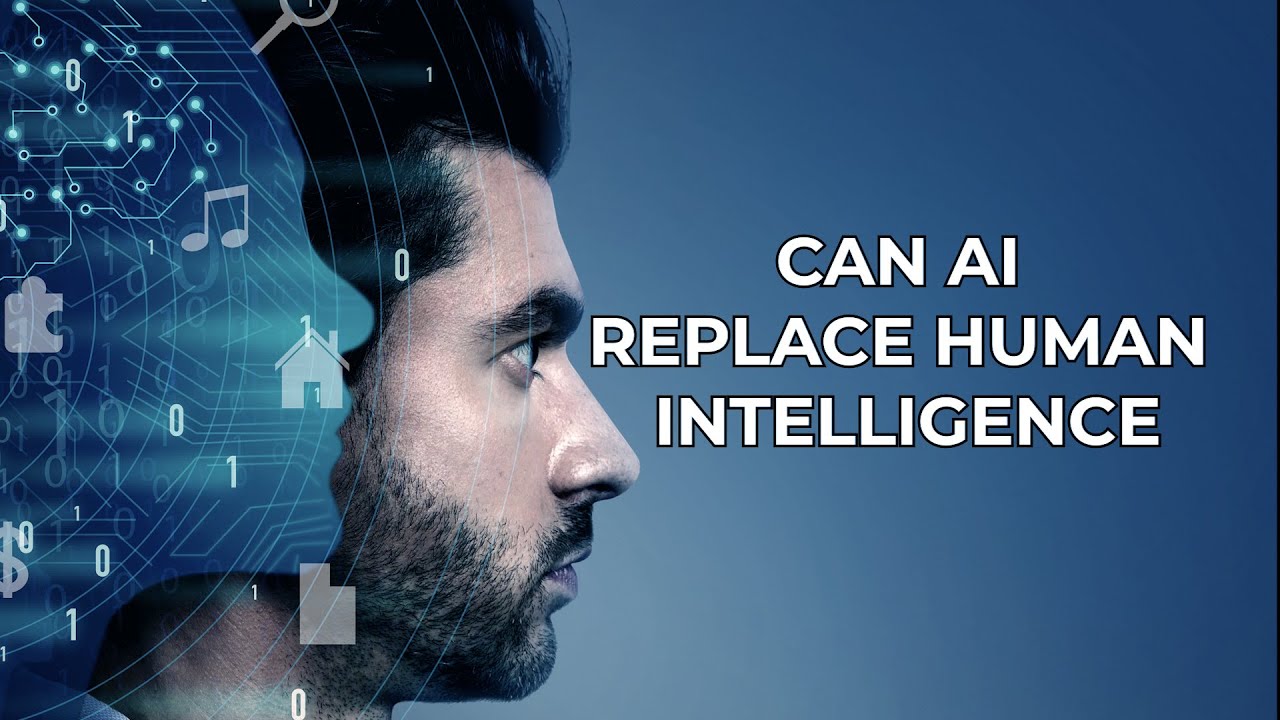
The future of design isn’t a binary choice between human designers and AI; instead, it’s a collaborative landscape where both entities leverage each other’s strengths. AI’s computational power and ability to process vast datasets complement the human designer’s creativity, intuition, and nuanced understanding of human experience. This partnership promises to revolutionize the design process, leading to more efficient workflows and innovative solutions.AI’s role will be to augment human capabilities, not replace them entirely.
Human designers will retain their crucial role in defining the creative vision, interpreting user needs, and ensuring the final design resonates with its intended audience. The integration of AI will streamline tasks, freeing up designers to focus on higher-level strategic thinking and problem-solving.
AI Augmenting Human Designer Capabilities
AI can significantly enhance the efficiency and creativity of human designers. For example, consider a hypothetical project: designing a new ergonomic office chair. An AI tool could analyze thousands of existing chair designs, user reviews, and ergonomic studies to identify optimal design parameters. It could then generate multiple design options, each tailored to different user preferences and ergonomic requirements.
The human designer, meanwhile, would focus on refining the AI-generated options, incorporating their artistic vision, and ensuring the final design aligns with the brand’s aesthetic and market positioning. The AI could further assist by simulating the chair’s performance under various conditions, predicting potential issues and suggesting improvements. This iterative process, involving both AI analysis and human intuition, results in a superior product.
AI Handling Repetitive Tasks
The integration of AI tools can significantly streamline the design process by automating repetitive and time-consuming tasks. This allows human designers to focus on the more complex and creative aspects of their work.
- Automated Image Generation and Manipulation: AI can generate numerous design variations based on specified parameters, allowing designers to quickly explore a wider range of possibilities than would be possible manually. This could include generating different color palettes, textures, or 3D models.
- Data Analysis and Pattern Recognition: AI can analyze large datasets of user preferences, market trends, and competitor products to identify key insights and inform design decisions. This eliminates the need for manual data analysis, freeing up the designer to focus on interpretation and creative application.
- Prototyping and Simulation: AI can automate the creation of prototypes and simulations, allowing designers to test and refine their designs more efficiently. This allows for faster iteration and quicker identification of potential problems.
- Content Creation Assistance: AI can assist with generating initial design concepts, text descriptions, or even basic marketing copy, accelerating the early stages of the design process. This reduces the workload on the human designer, enabling them to focus on higher-level refinements.
By automating these routine tasks, AI empowers human designers to allocate more time and energy towards the conceptualization, strategic thinking, and emotional resonance of their work, ultimately leading to more innovative and impactful designs.
Impact of AI on the Design Industry
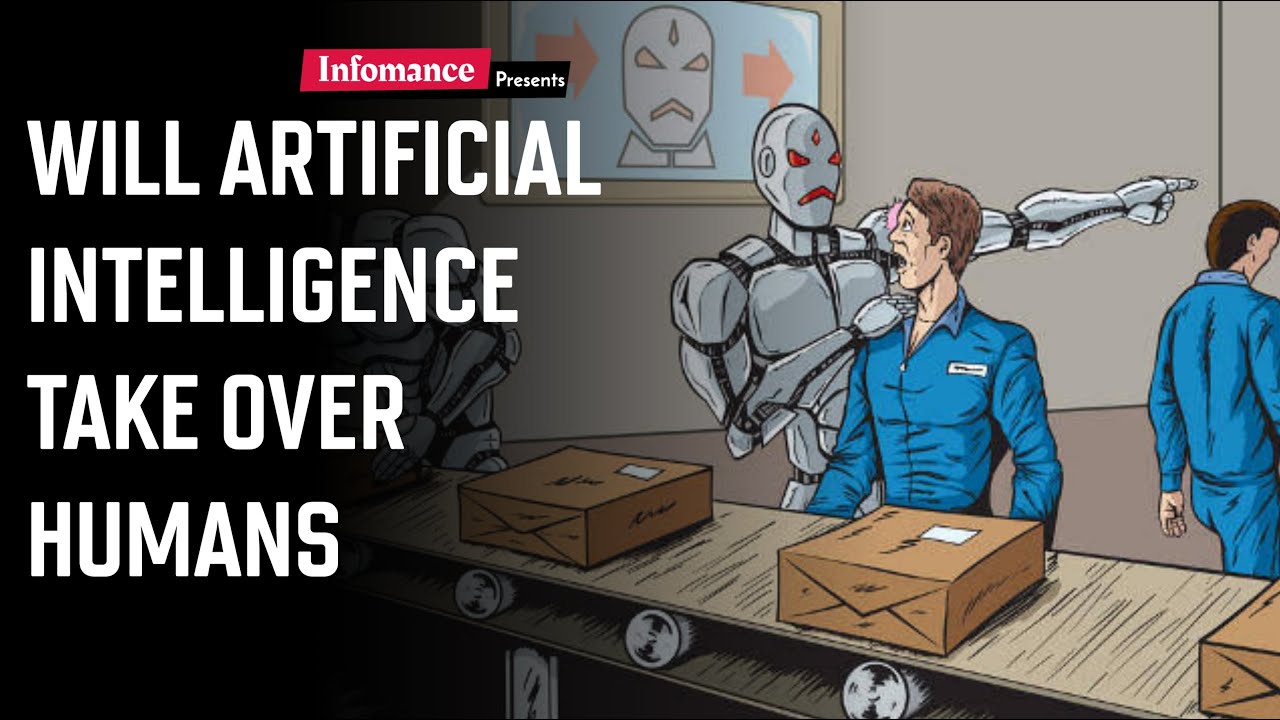
The integration of artificial intelligence (AI) into the design industry is rapidly reshaping the professional landscape, presenting both challenges and opportunities. While concerns about job displacement are valid, the transformative potential of AI to democratize design and foster innovation is equally significant. Understanding these dual impacts is crucial for navigating the evolving dynamics of the field.AI’s influence on the design job market is multifaceted.
It’s not simply a matter of replacement, but rather a complex interplay of automation, augmentation, and the creation of entirely new roles. The industry will see a shift in the types of skills valued and the tasks performed by designers.
AI’s Impact on Design Jobs: Job Losses and Gains
The introduction of AI tools will undoubtedly automate certain design tasks, potentially leading to job losses in some areas. Conversely, new roles requiring expertise in AI integration and management will emerge. The following table illustrates potential shifts:
| Job Category | Potential Job Losses | Potential Job Gains | Impact Description |
|---|---|---|---|
| Graphic Design (basic tasks) | High (e.g., logo creation, simple website layouts) | Low (e.g., AI-assisted design, specialized graphic design) | AI can automate repetitive tasks, but human creativity remains essential for complex projects. |
| UX/UI Design | Medium (e.g., initial wireframing, basic UI prototyping) | High (e.g., AI-driven UX research, personalized design systems) | AI can accelerate prototyping and testing, freeing designers to focus on user research and strategy. |
| Web Design | Medium (e.g., template-based website creation) | High (e.g., AI-powered website optimization, interactive design) | AI can handle repetitive coding tasks, allowing designers to focus on more complex interactive elements. |
| AI Design Specialists | N/A | High (e.g., prompt engineering, AI model training, ethical AI design) | New roles focused on managing and optimizing AI design tools and workflows. |
Democratization of Design Through AI
AI has the potential to democratize design by making powerful tools and skills accessible to a wider audience. Previously expensive and complex software is becoming more user-friendly and affordable, thanks to AI-powered automation. For example, user-friendly AI design tools like Canva’s AI features allow individuals with limited design experience to create professional-looking graphics and marketing materials. Similarly, platforms offering AI-powered website builders enable individuals and small businesses to create functional websites without needing extensive coding skills.
This increased accessibility empowers individuals and small businesses, fostering creativity and innovation across various sectors.
Adaptation and Evolution of the Design Industry
The design industry’s response to AI integration will involve significant adaptation and evolution. This will manifest in several key ways:
- Upskilling and Reskilling: Designers will need to acquire new skills in areas such as AI prompt engineering, data analysis, and AI ethics to remain competitive.
- Focus on Human-Centric Design: While AI can handle certain tasks, the emphasis will shift towards human-centered design, emphasizing empathy, critical thinking, and strategic problem-solving.
- Collaboration between Humans and AI: The future of design will likely involve close collaboration between human designers and AI tools, leveraging the strengths of both.
- New Design Paradigms: AI will drive the emergence of new design paradigms, potentially leading to innovative design approaches and styles.
- Ethical Considerations: The design industry will need to grapple with ethical implications of AI, including bias in algorithms and the potential for job displacement.
Ethical Considerations
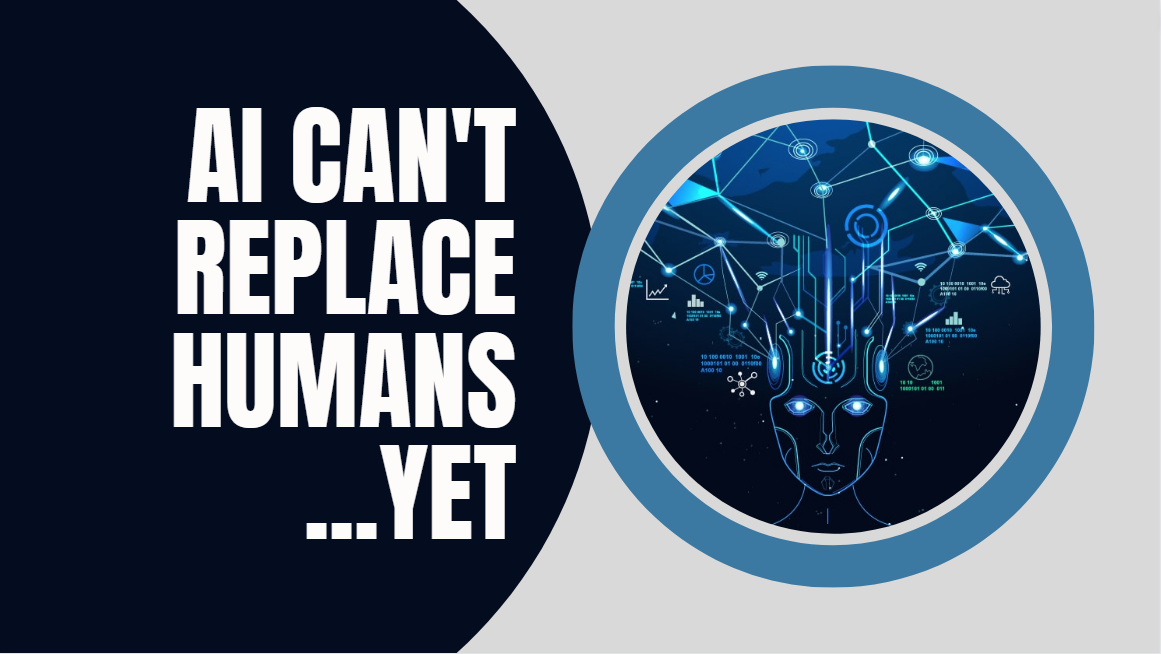
The integration of AI into design presents a complex ethical landscape, demanding careful consideration of potential pitfalls and proactive mitigation strategies. The inherent capabilities of AI, while offering unprecedented creative potential, also raise concerns regarding bias, intellectual property rights, and the very definition of originality in design. Addressing these issues is crucial for ensuring responsible and beneficial AI adoption within the design industry.AI’s potential for bias is a significant concern.
Algorithms are trained on existing datasets, which may reflect and amplify existing societal biases. This can lead to AI-generated designs that perpetuate stereotypes or discriminate against certain groups. For example, an AI trained primarily on images of Western architecture might produce designs that are culturally insensitive when applied to projects in other parts of the world. Furthermore, the lack of transparency in some AI algorithms makes it difficult to identify and correct these biases.
Bias in AI-Generated Designs
The presence of bias in AI design tools necessitates a multifaceted approach to mitigation. This includes careful curation of training datasets to ensure representation and diversity, employing techniques to detect and mitigate bias within algorithms, and implementing human oversight to review and correct AI-generated outputs. Regular audits of AI systems for bias are also essential. Without proactive measures, the perpetuation of societal biases through AI-driven design could have significant and far-reaching consequences.
Intellectual Property Rights in AI Design
The question of intellectual property ownership in AI-generated designs is a complex legal and ethical challenge. Current copyright laws are largely ill-equipped to handle the unique nature of AI-generated works. Determining the ownership of a design created by an AI, whether it belongs to the developer, the user, or even the AI itself, requires careful consideration and potentially new legal frameworks.
This uncertainty can hinder innovation and create legal disputes. Clear guidelines and legislation are needed to address these issues effectively. One possible approach is to consider a collaborative ownership model, acknowledging the contributions of both the human designer and the AI system.
Originality and Creativity in AI-Generated Designs
The potential for AI-generated designs to lack originality is another ethical concern. While AI can generate novel combinations of existing elements, it’s crucial to distinguish between true innovation and mere recombination. Over-reliance on AI for design could lead to a homogenization of styles and a decrease in truly original and creative work. It is important to emphasize the role of human designers in guiding the creative process, using AI as a tool to augment their skills, rather than replacing their creative judgment entirely.
This requires a shift in perspective, viewing AI not as a replacement for human creativity, but as a collaborative partner.
Strategies for Mitigating Ethical Risks in AI-Driven Design
Addressing the ethical risks associated with AI in design requires a proactive and multi-pronged approach.
- Develop and implement robust bias detection and mitigation techniques: This involves careful curation of training datasets, algorithmic transparency, and regular audits of AI systems for bias.
- Establish clear guidelines and legal frameworks for intellectual property rights: This includes addressing the ownership of AI-generated designs and ensuring fair compensation for human designers.
- Promote human-centered design principles: Prioritizing human values, needs, and cultural sensitivities in the design process is paramount.
- Foster transparency and explainability in AI algorithms: Understanding how AI systems arrive at their design decisions is crucial for identifying and correcting biases and ensuring accountability.
- Encourage continuous education and training for designers: Designers need to understand the capabilities and limitations of AI design tools and how to use them ethically and responsibly.
Human Oversight and Control in AI Design, Will AI replace human designers in the near future
Human oversight and control are indispensable in the development and application of AI design tools. This ensures that AI is used responsibly and ethically, mitigating the risks of bias, infringement of intellectual property, and a decline in originality. Best practices include establishing clear ethical guidelines for AI development and use, implementing rigorous testing and validation procedures, and integrating human feedback loops throughout the design process.
For instance, a design firm might establish a review board to assess AI-generated designs before they are presented to clients, ensuring that human judgment is applied to the final output. This approach safeguards against the potential pitfalls of AI while leveraging its capabilities for enhanced design outcomes.
Last Recap
The future of design isn’t about AI versus human designers; it’s about AI and human designers. While AI undeniably possesses impressive capabilities in automating tasks and generating creative outputs, the uniquely human qualities of intuition, critical thinking, and emotional intelligence remain crucial. The most likely scenario is a collaborative one, where AI handles repetitive tasks, freeing human designers to focus on strategic thinking, complex problem-solving, and the nuanced aspects of human experience that are still beyond the reach of artificial intelligence.
This partnership promises a future where design is more efficient, accessible, and ultimately, more impactful.

